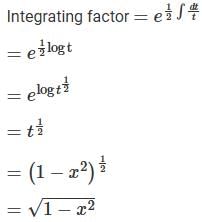DSSSB TGT Mathematics Mock Test - 2 - DSSSB TGT/PGT/PRT MCQ
30 Questions MCQ Test DSSSB TGT Mock Test Series 2025 - DSSSB TGT Mathematics Mock Test - 2
Who among the following was the first `Minister of Finance' in independent India?
What is the minimum age of qualification for membership in the Legislative Assembly and Legislative Council of the state respectively?
The mountain range which divides the North and the South India is–
Which of the following can be used to see atoms?
Statements:
Some mangoes are yellow.
Some tixo are mangoes.
Conclusions:
(1) Some mangoes are green.
(2) Tixo is a yellow.
Find the answer figure which will complete the pattern in the question figure.
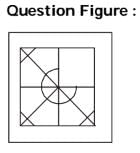
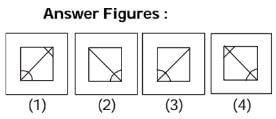
Directions to Solve
In each of the following questions find out the alternative which will replace the question mark.
Question -
NATION : ANTINO :: HUNGRY : ?
A, P, R, X, S and Z are sitting in a row. S and Z are in the centre. A and P are at the ends. R is sitting to the left of A. Who is to the right of P ?
A batsman makes a score of 87 runs in the 17th inning and thus increases his averages by 3. What is his average after 17th inning?
What is the rate of simple interest for the first 4 years if the sum of Rs. 360 becomes Rs. 540 in 9 years and the rate of interest for the last 5 years is 6%?
If the ratio of radius two Cylinders A and B are in the ratio of 2:1 and their heights are in the ratio of 2:1 respectively. The ratio of their total surface areas of Cylinder A to B is?
Directions: Study the following graph carefully and answer the question given below.
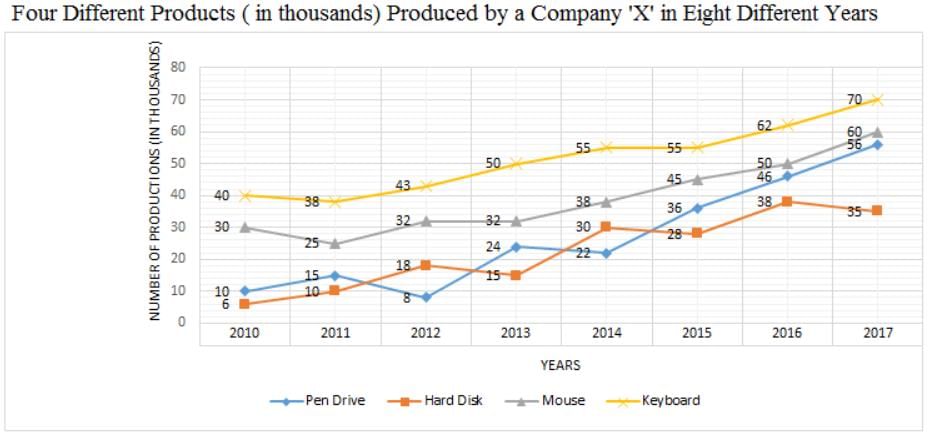
Q. What is the difference between the total number of hard disks and mouses produced by Company 'X' in the year 2010 and the total number of keyboards and pen drives produced by Company 'X' in the year 2015?
30 litre of solution contains alcohol and water in the ratio 2:3. How much alcohol must be added to the solution to make a solution containing 60% of alcohol?
Direction: Select the segment of the sentence that contains the grammatical error. If there is no error, mark 'No error' as your answer.
Q. The Sudan block is (A)/ a magnificent three-storey (B)/ basalt and granite buildings(C)/. No error (D)
Direction: Read the passage and answer the questions that follow.
Under the colonial regime, basic infrastructures such as railways, ports, water transport, posts and telegraphs did develop. However, the real motive behind this development was not to provide basic amenities to the people but to subserve various colonial interests. Roads constructed in India prior to the advent of the British rule were not fit for modern transport. The roads that were built primarily served the purposes of mobilising the army within India and drawing out raw materials from the countryside to the nearest railway station or the port to send these to far away England or other lucrative foreign destinations. There always remained an acute shortage of all-weather roads to reach out to the rural areas during the rainy season. Naturally, therefore, people mostly living in these areas suffered grievously during natural calamities and famines.
The British introduced the railways in India in 1850 and it is considered as one of their most important contributions. The railways affected the structure of the Indian economy in two important ways. On the one hand, it enabled people to undertake long-distance travel and thereby break geographical and cultural barriers while, on the other hand, it fostered commercialisation of Indian agriculture which adversely affected the self-sufficiency of the village economies in India. The volume of India’s exports undoubtedly expanded but its benefits rarely accrued to the Indian people. The social benefits, which the Indian people gained owing to the introduction of the railways, were thus outweighed by the country’s huge economic loss.
Q. Why did the rural areas suffer badly during natural calamities and famines?
Direction: Select the most appropriate word for the given group of words.
Full of cheerful excitement or enthusiasm.
Direction: Select the option that means the same as the given idiom.
Q. Tooth and nail
Direction: Read the passage and answer the questions that follow.
Under the colonial regime, basic infrastructures such as railways, ports, water transport, posts and telegraphs did develop. However, the real motive behind this development was not to provide basic amenities to the people but to subserve various colonial interests. Roads constructed in India prior to the advent of the British rule were not fit for modern transport. The roads that were built primarily served the purposes of mobilising the army within India and drawing out raw materials from the countryside to the nearest railway station or the port to send these to far away England or other lucrative foreign destinations. There always remained an acute shortage of all-weather roads to reach out to the rural areas during the rainy season. Naturally, therefore, people mostly living in these areas suffered grievously during natural calamities and famines.
The British introduced the railways in India in 1850 and it is considered as one of their most important contributions. The railways affected the structure of the Indian economy in two important ways. On the one hand, it enabled people to undertake long-distance travel and thereby break geographical and cultural barriers while, on the other hand, it fostered commercialisation of Indian agriculture which adversely affected the self-sufficiency of the village economies in India. The volume of India’s exports undoubtedly expanded but its benefits rarely accrued to the Indian people. The social benefits, which the Indian people gained owing to the introduction of the railways, were thus outweighed by the country’s huge economic loss.
Q. The word similar in meaning to “Outweigh” is:
Directions: Select the most appropriate antonym of the given word.
Q. RETRIEVE
वह मानसिक स्थिति जब किसी अमंगल की घटना होने की बात मन में हो:
'गंगा हिमालय से निकलती है।' वाक्य में कौन‐सा कारक है?
निर्देश- निम्नलिखित गद्यांश को पढ़कर इस पर आधारित प्रश्नों के उत्तर दीजिये:
जिनमें सहिष्णुता की भावना होती है, केवल ऐसे लोग ही अध्यापक होने योग्य होते हैं। जिनका बच्चों से प्यार भरा लगाव होता है, उनमें धैर्य स्वभावत: आ जाता है। अध्यापाकों को जिस अन्तर्निहित गम्भीर समस्या से जूझना पड़ता है, वह यह है कि उन्हें जिनको देखना है वे शक्ति और प्रभुता में उनकी बराबरी के नहीं होते। अध्यापक के लिए एकदम तुच्छ या बिना किसी कारण के या फिर वास्तविक की बजाय किसी काल्पनिक कारण के चलते अपने छात्रों के सामने धैर्य खो देना, उनकी खिल्ली उड़ाना, उन्हें अपमानित या दण्डित करना एकदम आसान और सम्भव है। जो एक निर्बल अधीन राष्ट्र पर शासन करते हैं, उनमें न चाहते हुए भी गलत काम करने की प्रवृत्ति पायी जाती है। उसी तरह ऐसे अध्यापक होते हैं जो बच्चों को के ऊपर अपने प्रभुत्व का शिकार हो जाते हैं। जो शासन के अयोग्य होते हैं, उन्हें न केवल कमजोर लोगों पर अन्याय करते हुए कोई अपराध-बोध नहीं होता, बल्कि ऐसा करने में उन्हें एक खास तरह का मजा मिलता है। बच्चे अपनी माँ की गोद में कमजोर, असहाय और अज्ञानी होते हैं। माता के हृदय में स्थित प्रचुर प्यार ही उनकी रक्षा की एकमात्र गारण्टी होता है। इसके बावजूद हमारे घरों में इस बात के उदाहरण कम नहीं कि कैसे हमारे स्वाभाविक प्यार पर धीरज का अभाव और उद्धत प्राधिकार विजय प्राप्त कर लेते हैं और बच्चों को अनुचित कारणों से दण्डित होना पड़ता है।
Q. अध्यापक के लिए उचित विशेषण शब्द है:
Integrating factor of the differential equation  is:
is:



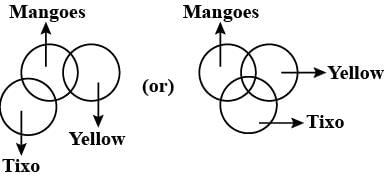

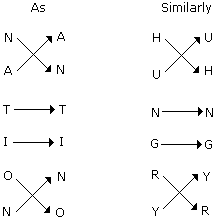

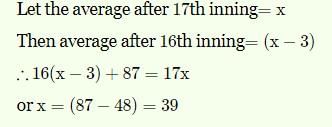

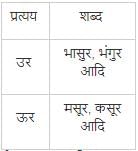
 , then
, then  where
where  is equal to:
is equal to: (i)
(i)

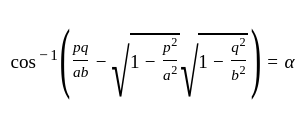
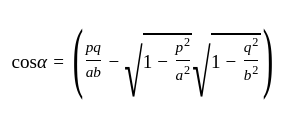
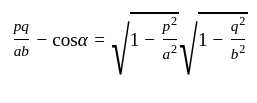
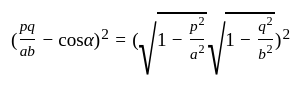


 (ii)
(ii)
 , where P and Q are the functions of x
, where P and Q are the functions of x


 on both sides, we get
on both sides, we get





